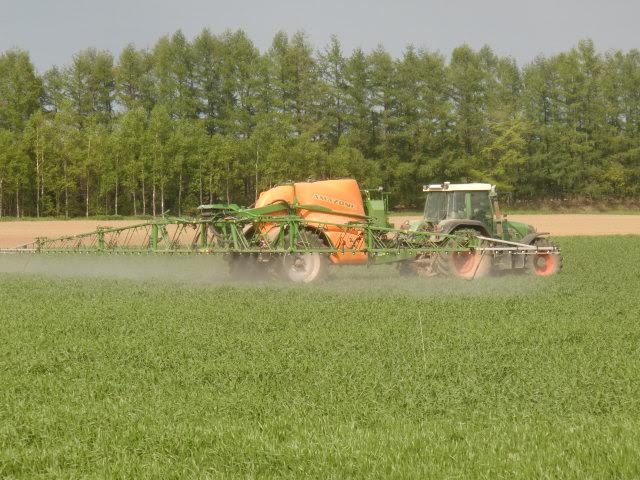According to an independent study commissioned by Inmarsat, it was found that half of agritech companies will strengthen the sector?s health and safety practices through IoT adoption
 The farm of the future will leverage Internet of Things (IoT) technologies to create safer working environments and drive down risks to the workforce.
The farm of the future will leverage Internet of Things (IoT) technologies to create safer working environments and drive down risks to the workforce.
This is according to an independent study commissioned by Inmarsat, which found that half of agritech companies will strengthen the sector?s health and safety practices through IoT adoption.
Market research specialist Vanson Bourne interviewed 100 agritech companies from across the world as part of Inmarsat?s The Future of IoT in Enterprise study. It found that 49% of agritech companies rate improving health and safety as one of their primary motivations for developing IoT solutions, ahead of monitoring environmental changes (48%), and identifying efficiency gains and cost saving opportunities (45%). In a similar vein, 40% expect IoT to bring significant improvements to health and safety practices in the near future.
Commenting on the findings, Chris Harry-Thomas, Director of Agritech Strategy at Inmarsat Enterprise said: ?Despite industry efforts to improve health and safety in agriculture, research from the International Labour Organisation reveals that the rate of fatal accidents has remained high, and that it continues to be the world?s most dangerous industry. It estimates that 170,000 agricultural workers are killed each year, and that millions more suffer injuries from accidents with agricultural machinery or negative long-term health effects from exposure to agrochemicals and pesticides.
?With the Fourth Agricultural Revolution under way, IoT can present agritech businesses with a wealth of solutions to these challenges. Automated systems, enabled by IoT, can reduce risk by removing workers from the most dangerous procedures, such as lifting heavy materials or operating dangerous machinery. Automated machinery can also typically respond quicker to emergencies, monitoring and stopping equipment before there is a threat to worker safety. The industry is also leveraging the Internet of Things through the form of wearable technologies. These devices, integrated into watches, helmets and clothing, can detect falls and monitor staff health through heart rate and temperature, enabling agricultural businesses to react more quickly to emergencies and bring rapid response medical attention to injured staff.?
Harry-Thomas added: ?As agriculture expands into new and more remote land, terrestrial connectivity becomes increasingly limited. Workers are also exposed to greater risk, as they are more isolated and further away from emergency services. Satellite communication therefore has an integral role to play as it enables cutting edge technologies to be accessed in the most remote areas of the planet, equipping farms with networks of automated devices and sensors to protect workers.?
?We are passionate about driving the momentum behind the Internet of Things and creating safer and more productive working environments across the world. It?s encouraging to see that the sector is taking steps to develop and deploy these technologies and safeguard the health, safety and welfare of their staff.?
Satellite communication networks offer superior coverage and reliability, crucial in the event of extreme weather or an emergency, or extending connectivity to remote locations. With up to 99.9% uptime, Inmarsat?s L-band services are enabling IoT solutions to change the face of agriculture.


















































































